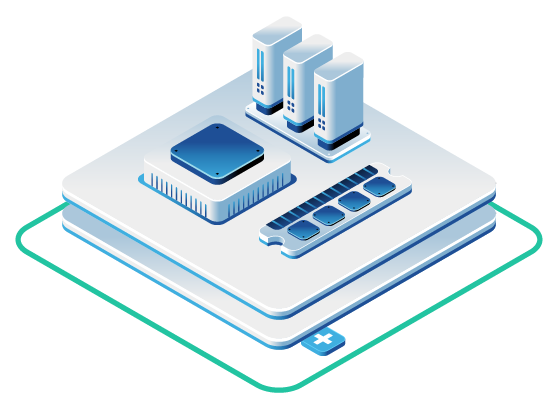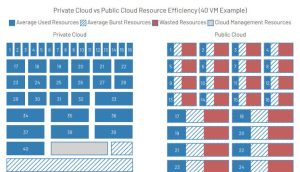OpenMetal Cloud IaaS Resources
OpenMetal delivers its infrastructure through its co-location in three state of the art data centers. Businesses in these locations around the world can benefit from OpenMetal’s IaaS offering.
Our resources cover various business aspects of using OpenMetal Cloud for infrastructure delivered as hosted private cloud, object storage, and bare metal.
Our documentation for technical teams using or running the cloud is under our Technical Documentation.
The content here is generally intended for:
- CTOs or other executives deciding if they will use an OpenMetal Cloud Core and any Expansion Nodes.
- Technical Researchers that are developing a plan for introducing the use of a private cloud to their company.
- General researchers of private clouds that need more information.
New to OpenMetal?
Explore the power of your own cloud. See it in action as a hosted private cloud, for SaaS companies, for hosting and cloud providers, for managed service providers, and much more. Check out transparent pricing, and even try a free trial.
- Visit our blog
- Read past newsletters
- Review OpenStack articles
Fundamental Advantage of Using OpenMetal
Your cloud uses private cloud resource management as it is fundamentally better for you.
Cost Tipping Points of Public Cloud
As deployments grow, traditional public cloud becomes more and more expensive.
Top Hosted Private Cloud Posts
The following articles discuss the advantages of private cloud hosting with OpenMetal.
- Public Cloud Waste at 28%: Time to Consider On-Demand Private Cloud as an Alternative?
- Alternative Clouds Blurring The Lines Between Public and Private Clouds
- Comparing Public, Private, and Alternative Clouds – Which is Right for Your Organization?
- Cloud Repatriation Options – On-Premise vs Colocation in Data Centers vs Hosted Private Cloud
Top Bare Metal Use Cases on OpenMetal
The following articles delve into some of the use cases that can be deployed on OpenMetal bare metal dedicated servers.
Top Bare Metal Hardware
The following articles delve into hardware details for OpenMetal bare metal servers.
Top OpenStack Posts
The following articles discuss use of On-Demand OpenStack with OpenMetal.
- What Are The Advantages Of Using OpenStack To Create A Cloud Environment
- OpenStack vs VMware: Cost Considerations
- Comparing Deployment Methods for Kubernetes on OpenStack
- Why Kubernetes on OpenStack is Valuable for Organizations
Top SaaS Provider Posts
The following articles discuss software-as-a-services (SaaS) providers’ uses of cloud with OpenMetal.
- AWS Pros and Cons for SaaS Hosting
- Top 10 Concerns SaaS Platform Providers Have About Their Cloud Infrastructure
- Reduce AWS Costs and Fuel SaaS Growth
Top Education and Training Posts
The following articles are popular OpenStack learning resources.
- OpenStack Tutorial for Beginners
- How to Create a Kubernetes Template in OpenStack
- The Benefits of Automating OpenStack and How to Get Started
- Understanding How Private Cloud Provides Virtual Private Clouds
Top Partner and Reseller Posts
The following articles provide insight into selling OpenStack clouds through OpenMetal.
- Supercharge Your Cloud Hosting Business with OpenMetal’s Partner Program
- A Case for Managed IT Service Providers: Ditch Public Clouds and Embrace Private, Hybrid, and Open Source Solutions
- OpenStack, Ceph, Fleio, and WHMCS – The Modern Cloud Provider’s Toolkit
Use the articles above to explore the power of OpenMetal to deliver On-Demand OpenStack and Hosted Private Cloud. Check out transparent pricing. Or even request a trial. If you are not sure what you need, or have unique needs, schedule a complimentary consultation with our Cloud Team for assistance.
Account Management
If you are a current customer and need to connect with your account manager or dedicated support engineer, please log in to your OpenMetal Central account and navigate to the Account Services section.
Pricing Estimator
Are you new to OpenMetal and need to estimate or compare costs? We stand for transparent pricing free of hidden costs and unnecessary license fees. Check out our online Pricing Estimator and then contact us if you have any questions.
Cloud Core
Hyper-converged 3 server cluster supplies all the top OpenMetal features in a highly available configuration – all in 45 seconds.




































